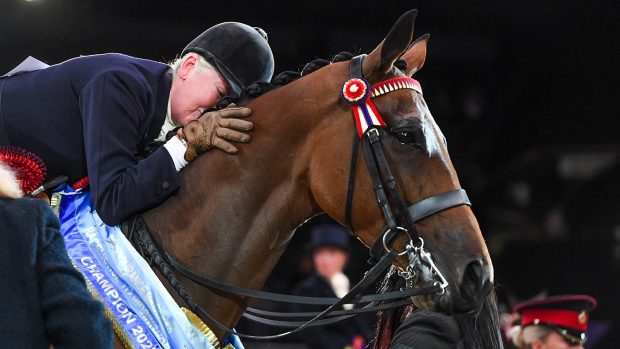The Queen’s Barbers Shop — a retrained racehorse — is thriving in his new showing career with producer Katie Jerram, winning at Royal Windsor, delighting his owner and flying the flag for ex-racers across the country.
Retraining a racehorse tips
- Be informed. If you are thinking of retraining a racehorse, find out as much about him as possible before committing to buy. Don’t be shy about talking to trainers — they want to find good homes for their horses and most of them love seeing them doing something new. Ask about the horse’s temperament, health and so on.
- Be honest about your experience and abilities. Ask the trainer if they think the horse would be suitable for the level at which you are riding.
- Patience is everything. Going from racing into a second career can put pressure on a horse and often creates huge anxieties, so a calm, patient approach is essential.
- Don’t overbit. Thoroughbreds have incredibly sensitive mouths. I see many people riding in bits that horrify me.
- Be brave. Racehorses have been trained to gallop and take off at the slightest movement. You can’t win a fight with a racehorse. Bridge your reins, keep your hands still and light and let him accept a long and loose contact.
- Avoid conflict. If you are at a show and something is stressing your horse, simply remove him from the situation. If he is getting anxious in the collecting ring, take him out and have a hack round the showground. Forcing your horse to do something, or look at something that is unsettling him, is not the way forward.
- Don’t overfeed. All our horses are fed the same three ingredients, a slow-release energy cube, low molassed chaff and sugar beet, plus plenty of good quality hay (which we steam). It’s basic, old-fashioned feeding, but it works. Don’t be tempted to chop and change with feeds if you don’t see instant results — it takes time.
To read the full feature about Barbers Shop see the current issue of H&H (30 May 2013)




